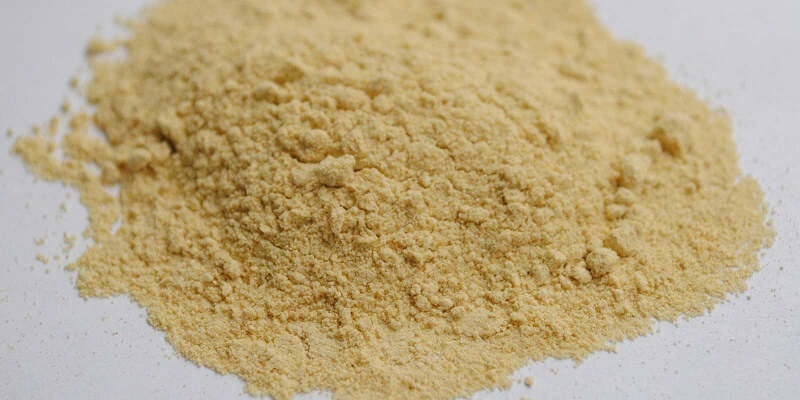Advance innovation in reagent development for life‑sciences, biotech and diagnostic applications. Companies in the U.S. that design custom assays, develop cell‑lines, produce reference materials, build purification columns or integrate automation in reagent manufacture are actively eligible. Many of these efforts satisfy the criteria for the federal R&D Tax Credit under IRC §41, with additional state‑level opportunities.


Examples of qualifying activities in reagent development
- Custom assay development Creating or modifying fluorescent dyes, antibodies, cell‑line panels or custom genomic sequencing panels with novel detection workflows.
- Reagent manufacturing automation Developing robotic purification/filtration workflows for reagent production, side‑by‑side yield/quality comparisons.
- Reference material or biomarker panel creation Designing and validating custom panels or standards for diagnostics or sequencing, developing new purification column systems.
- Validation and stability testing Bench trials for reagent stability, lot‑to‑lot variability, side‑by‑side comparison of process alternatives, pilot manufacturing runs for new reagents.
- Integration of analytics/automation Implementing machine‑learning or software controls in reagent production, automating QC workflows or sensor integration for process control.
What qualifies as R&D in reagent development?

To qualify, your reagent‑development activities must:
- Aim at a permitted purpose — such as a novel reagent, assay or cell‑line, improved purification/column system, custom panel for genomic sequencing, or automation of reagent manufacturing.
- Tackle technical uncertainty — for example: “Can this new antibody reagent achieve required specificity and stability across many lots?”, “Will the custom assay panel reliably detect target sequences with acceptable sensitivity and reproducibility?”, “Can the automation system for reagent manufacturing cut error rate while maintaining quality?”
- Use a process of experimentation — prototyping reagents, side‑by‑side method validation, automation pilot runs, lot‑to‑lot variability testing, cell‑line development trials.
- Be technological in nature, grounded in biochemistry, molecular biology, bioinformatics, automation/engineering, materials science or instrumentation engineering.
Qualified Research Expenses (QREs)
Roles commonly involved in qualifying activities
- Biochemists, molecular biologists, cell‑line development scientists
- Automation/robotics engineers, electronics/sensor engineers
- Bioinformatics/data scientists, QC/analytical engineers
- Product‑development scientists specialising in custom reagents/panels
- Project managers overseeing validation, manufacturing automation and method development
What does not qualify
- Routine reagent manufacture under established methods without new development or uncertainty
- Standard production or distribution without experimentation or innovation
- Sales, marketing, administrative or general operational tasks
- Equipment purchase not tied to documented research or method development
Compliance and Documentation
Following the One Big Beautiful Bill Act (OBBBA) signed July 4, 2025, §174 now allows immediate expensing of domestic research expenses for tax years beginning on or after January 1, 2025. Taxpayers may also elect optional amortization under new §174A. Foreign research expenses must still be amortized over 15 years. This is separate from the §41 credit but impacts overall tax planning.
Maintaining documented records is essential:
- Project briefs with research objectives (e.g., improve antibody specificity by X %, reduce lot variance by Y %), version history of reagent designs, method validation logs.
- Pilot production logs, side‑by‑side method/protocol comparisons, automation trial data, lot‑to‑lot stability/quality results.
- Employee time logs tied to research tasks, supply/consumable usage tied to experimentation, iteration logs including unsuccessful batches/trials. Well‑kept documentation supports the four‑part test and strengthens the audit position.
Frequently Asked Questions


Yes — when they design or refine novel reagents/assays, develop custom panels or standards, automate reagent manufacturing, or conduct trials and validations with technical uncertainty.


Wages of scientists and engineers performing research, prototype supplies or custom reagents, software/analytics for automation or QC, contract research for validation or pilot manufacturing.


Routine reagent manufacture under established protocols without innovation, simple assembly or distribution, business operations without research, marketing, sales or administrative tasks.


Maintain logs of reagent formulation/design iterations, automation trials, validation test results, employee time by project, supply/test‑kit consumption tied to development trials.
Next Steps
Use our calculator to estimate your potential federal and state benefits
Schedule a consultation to structure your row crop research activities
If you are innovating in agriculture, you may already be doing R&D. Let's make sure you are rewarded for it.
Contact Strike Tax Advisory
Ready to maximize your R&D tax credits? Get in touch with our team of experts.






